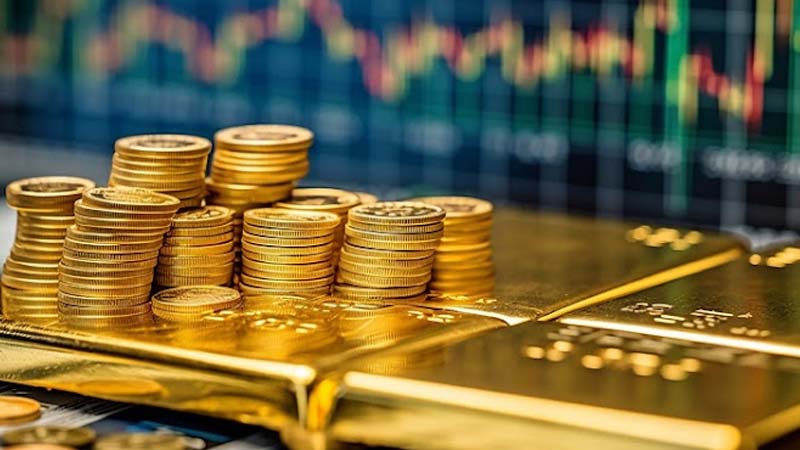
Analysts are maintaining a bullish stance on gold and silver, though the future direction of these precious metals hinges on greater clarity regarding upcoming US rate cuts. This week, gold prices showed signs of stabilization following a dip below a crucial support level, triggered by higher-than-anticipated US inflation data. This development has led to speculation about the timing of the first US rate cut.
Ole Hansen, Head of Commodity Strategy at Saxo Bank, explained that the market might occasionally get ahead of itself, building up expectations for rate cuts to levels that could make prices susceptible to correction. “The short-term direction of gold and silver will continue to be dictated by incoming economic data and their impact on the dollar, yields, and not least rate cut expectations,” Hansen stated.
Despite the recent decline in gold prices, central banks and retail investors, particularly in China, are providing a strong base of support. While physical demand for gold is expected to stay robust, continued outflows from exchange-traded funds are likely to cap the upside until the rate cut cycle commences. Silver, on the other hand, has found solid support around the $22 mark.
The gold market is currently navigating a delicate balance between selling pressure from short-term momentum strategies and ongoing physical demand from central banks and retail investors in the Middle East, India, and China. This demand is partly driven by efforts to preserve wealth amidst a property market crisis and weakening stock markets.
Ahead of the Chinese New Year holiday, the World Gold Council reported an all-time high in China’s wholesale gold demand for January, with 271 tonnes purchased. Moreover, the People’s Bank of China added 10 tonnes to their gold reserves in January, marking the 15th consecutive month of gold purchases.
The World Gold Council’s 2023 review highlighted another year of strong demand, led by central bank buying and jewellery consumption. Despite the high price environment, jewellery consumption remained steady at 2,093 tonnes, and central bank buying neared record levels.
Kim Cramer, Saxo Bank’s technical analyst, noted that the short-term technical outlook for spot gold has deteriorated after breaking below $2005. A close above this level is required to shift back to neutral, while a break above $2065 would indicate a bullish turn. However, given the potential for unseen physical demand, especially with China returning to work, the downside risk might be limited, leading the market to continue its current wait-and-see approach.




